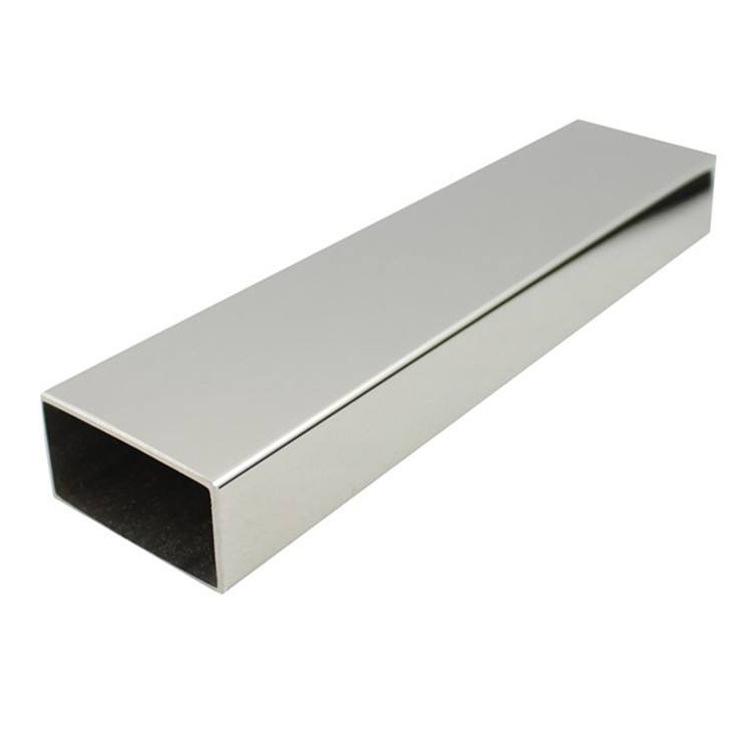Stainless steel flanges are crucial components in many industrial applications, ranging from pipelines, petrochemicals, and shipbuilding to food and pharmaceutical industries. They are known for their strength, durability, and resistance to corrosion, making them a popular choice for many engineers and project managers. In this article, we will delve into the world of stainless steel flanges, including their types, applications, and benefits.
Table of Contents
- What is a Stainless Steel Flange?
- Types of Stainless Steel Flanges
- Weld Neck Flanges
- Slip-On Flanges
- Socket Weld Flanges
- Lap Joint Flanges
- Blind Flanges
- Materials Used in Stainless Steel Flanges
- Advantages of Stainless Steel Flanges
- Applications of Stainless Steel Flanges
- Factors to Consider when Selecting Stainless Steel Flanges
- How to Install Stainless Steel Flanges?
- Maintenance of Stainless Steel Flanges
- Differences between Stainless Steel Flanges and Carbon Steel Flanges
- Conclusion
- FAQs
1. What is a Stainless Steel Flange?
A flange is a component that connects two pipes or equipment together. A stainless steel flange is made of high-quality stainless steel and serves as a seal for pipes or equipment. They provide easy access for inspection, cleaning, and repairs, making them a popular choice for many industries.
2. Types of Stainless Steel Flanges
There are several types of stainless steel flanges, each with its unique features and applications. Below are the most common types:
Weld Neck Flanges
Weld neck flanges have a long tapered hub, which provides an excellent flow of fluid and reduces erosion. They are welded to pipes, making them highly durable and resistant to bending and distortion.
Slip-On Flanges
Slip-on flanges slide over the pipe and are then welded in place. They are easy to install and ideal for low-pressure applications. They are also less expensive than other types of flanges.
Socket Weld Flanges
Socket weld flanges are similar to slip-on flanges, but they have a socket-shaped hub instead of a flat one. They are ideal for small-diameter pipes and high-pressure applications.
Lap Joint Flanges
Lap joint flanges consist of two parts: a backing flange and a stub end. The backing flange is bolted to the equipment, while the stub end is welded to the pipe. They are used for applications that require frequent dismantling.
Blind Flanges
Blind flanges are used to seal the end of a pipe or equipment. They are bolted to the equipment and provide easy access for inspection and cleaning.
3. Materials Used in Stainless Steel Flanges
Stainless steel flanges are made of high-quality stainless steel, which is an alloy of iron, carbon, and other elements. The most common types of stainless steel used in flanges are 304, 316, and 321.
4. Advantages of Stainless Steel Flanges
Stainless steel flanges offer several advantages, including:
- Resistance to corrosion and oxidation
- High strength and durability
- Easy to clean and maintain
- Suitable for a wide range of temperatures and pressures
- Can withstand harsh environments and corrosive fluids
5. Applications of Stainless Steel Flanges
Stainless steel flanges are used in various applications, including:
- Petrochemicals and chemical industries
- Oil and gas pipelines
- Food and pharmaceutical industries
- Water treatment plants
- Shipbuilding and offshore platforms
- Power generation plants
- HVAC systems
6. Factors to Consider when Selecting Stainless Steel Flanges
Selecting the right type of stainless steel flange for your application is crucial to ensure maximum performance and durability. Below are some factors to consider when selecting stainless steel flanges:
- The type of fluid or gas that will flow through the pipe
- The temperature and pressure of the fluid or gas
- The size and thickness of the pipe
- The environment in which the pipe will be installed
- The level of corrosion resistance required
- The cost and availability of the flange
7. How to Install Stainless Steel Flanges?
Proper installation of stainless steel flanges is crucial to ensure maximum performance and durability. Here are some steps to follow when installing stainless steel flanges:
- Clean the surface of the flange and the pipe to remove any dirt, grease, or rust.
- Align the flange with the pipe and ensure that the bolt holes line up.
- Insert the bolts and tighten them gradually, alternating between bolts to ensure even pressure.
- Apply a sealant or gasket between the flange faces to ensure a tight seal.
- Check for leaks and tighten the bolts if necessary.
8. Maintenance of Stainless Steel Flanges
Regular maintenance of stainless steel flanges is essential to ensure their longevity and optimal performance. Here are some tips for maintaining stainless steel flanges:
- Inspect the flanges regularly for signs of wear, corrosion, or damage.
- Clean the flanges regularly to remove any dirt or debris that may have accumulated.
- Lubricate the bolts and nuts regularly to prevent corrosion and ensure proper tightening.
- Replace any damaged or worn flanges or gaskets immediately to prevent leaks.
9. Differences between Stainless Steel Flanges and Carbon Steel Flanges
Stainless steel flanges and carbon steel flanges are both used in industrial applications, but they have some key differences. The main difference is that stainless steel flanges are more resistant to corrosion, making them ideal for applications that require high levels of corrosion resistance. Carbon steel flanges, on the other hand, are less expensive and ideal for applications that do not require high levels of corrosion resistance.
10. Conclusion
Stainless steel flanges are essential components in many industrial applications, offering strength, durability, and resistance to corrosion. Selecting the right type of flange for your application and ensuring proper installation and maintenance can help ensure optimal performance and longevity.
11. FAQs
- Are stainless steel flanges expensive?
- Stainless steel flanges can be more expensive than other types of flanges, but they offer several advantages, including resistance to corrosion and durability.
- What is the most common type of stainless steel used in flanges?
- The most common types of stainless steel used in flanges are 304, 316, and 321.
- What is the difference between a slip-on flange and a socket weld flange?
- A slip-on flange slides over the pipe and is then welded in place, while a socket weld flange has a socket-shaped hub and is ideal for small-diameter pipes and high-pressure applications.
- Can stainless steel flanges be used in corrosive environments?
- Yes, stainless steel flanges are resistant to corrosion and can withstand harsh environments and corrosive fluids.
- How often should stainless steel flanges be inspected?
- Stainless steel flanges should be inspected regularly for signs of wear, corrosion, or damage. The frequency of inspections will depend on the application and the level of use.












